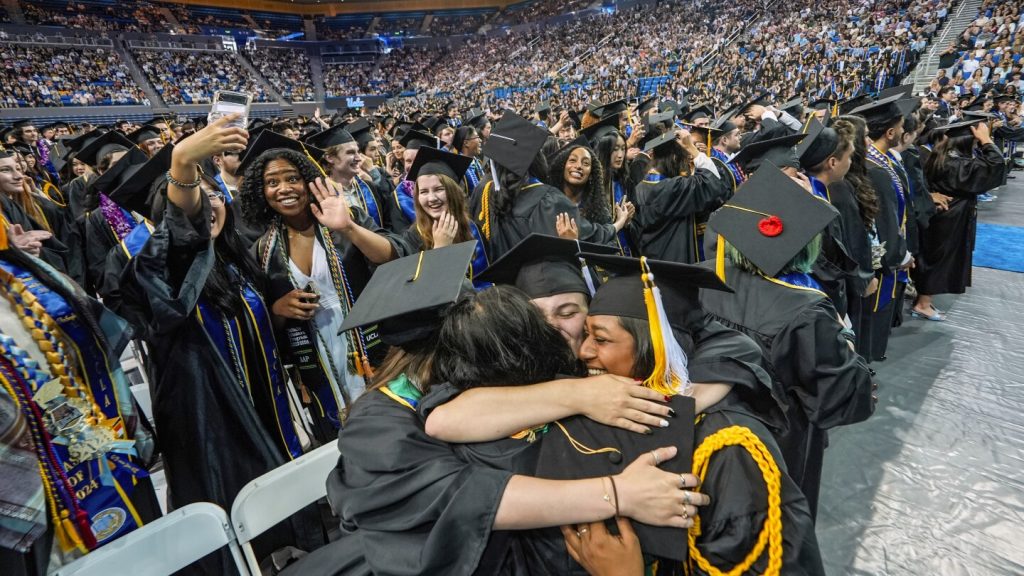The 12-month grace period for student loan borrowers ended on Sept. 30, marking the beginning of potentially harsh consequences for those who are struggling to make payments. Around 43 million Americans have student loan debt totaling $1.5 trillion, with eight million enrolled in the SAVE plan, an income-driven repayment plan currently on hold due to legal challenges. With the on-ramp period and Fresh Start program ending, borrowers facing financial difficulties have fewer options to afford their monthly payments. Borrowers who cannot keep up with payments must explore their options to avoid defaulting on their loans.
The Education Department implemented the on-ramp period to help borrowers transition back to making payments after a three-year pause during the COVID-19 pandemic. Interest continued to accrue during this grace period, and missed payments did not lead to defaulting or forced collections. However, now that this period has ended, borrowers who do not make payments could go delinquent or eventually default. Borrowers who are struggling to afford payments can apply for deferment or forbearance, but interest will continue to build up during these pauses. It is crucial for borrowers to understand the consequences of not making payments and explore alternative repayment options.
Delinquency and defaulting on student loans can have serious implications, including damaging credit ratings and making borrowers ineligible for additional aid and government benefits. If a borrower misses payments, they will start receiving notifications, and after three months of non-payment, the loan will be reported as delinquent to credit agencies. Default occurs after nine months of non-payment and can result in wage garnishment, interception of tax refunds, and other repercussions. Borrowers are advised to explore income-driven repayment plans or forgiveness programs to manage their debt and avoid default.
Income-driven repayment plans offered by the U.S. Education Department can help borrowers struggling to make standard monthly payments. These plans adjust payments based on income and family size, capping monthly payments at a percentage of discretionary income. Borrowers with low earnings may even have their payments reduced to zero, and any remaining debt can be forgiven after 20 or 25 years. However, the SAVE program, a popular income-driven repayment plan, is currently on hold as lawsuits are being resolved in lower courts. Borrowers enrolled in the SAVE plan do not need to make payments until the legal issues are resolved.
The Fresh Start program, which targeted borrowers in default prior to the pandemic, also ended on Sept. 30. This program allowed borrowers to remove their loans from default and enter income-driven payment plans or apply for deferment. With the closure of Fresh Start and the suspension of the SAVE program, borrowers facing financial challenges have limited options to manage their student loan debt. The next court hearing regarding the SAVE program is scheduled for Oct. 15, and borrowers should stay informed about the developments in their repayment options. It is important for borrowers to understand their repayment options, communicate with their loan servicers, and explore alternative programs to avoid defaulting on their student loans.


